Eyes, JAPAN
The versatility of Rice
HeisePhilipp

In Japan, there is a saying: 同じ釜の飯を食う (onaji kama no meshi wo kuu). This can roughly be translated to “eating from the same pot of rice”. Here at Eyes, Japan, we recently started to cook rice for lunch, where every employee can get rice for free. In this blog I will explain, why we are doing this, what it has to do with this saying and what are the differences to Germany regarding this saying. I will also give some background information about rice and go over some special dishes that you can make with rice.
What is Rice?
Let’s start with a simple question: What exactly is rice?
This sounds like an unnecessary question, but I bet a lot of people don’t know what rice exactly is. Rice is the seed of the grass species “Oryza sativa”, which is also called Asian rice, or “Oryza glaberrima”, which is African rice.
Oryza sativa
In 2016, rice was the fourth most important agricultural commodity. Just behind wheat, corn and sugarcane. But most of the corn and sugarcane is not used for human consumption.
Nutrients
Of course, the amount of nutrients has a lot variables. The biggest one is naturally the type of rice. But also, the environmental conditions, cultivation techniques and the processing affect the nutrient content a lot.
But at average, 100g of white long grain rice has about:
- 130g calories
- 0,3g fat
- 28g carbohydrates
- 2,7g proteins
One of the main problems of rice is the lack of Vitamin A. Rice does not contain Vitamin A at all, which can lead to a lack of Vitamin A in the human body. This is especially common for children in developing countries. A lack of Vitamin A can be very dangerous. Every year, millions of children die because of it or go completely blind.
You cannot live from rice alone!
Economics
More than 91% of the world harvest of rice comes from southeast Asia. The five biggest rice producers are:
- China
- India
- Indonesia
- Bangladesh
- Vietnam
In fact, Brazil is the only country in the top 10 biggest rice producers that is not located in Asia.
In Europa, the biggest harvest region is in the north of Italia. Portugal, Spain and France produce a little amount of rice as well. But they cannot compare with the other countries outside of Europe. Not even Italia is in the top 20 of biggest rice producers worldwide.
Pianura Padana – Italian rice-growing area
Why we are doing this?
Now that we have covered some information about rice, let’s get back to the Japanese saying and the question why we are cooking rice at Eyes, Japan?
At first, cooking rice doesn’t sound like a big deal. But as I mentioned in the beginning of this blog, in Japan there is a saying which can be translated to “eating from the same pot of rice”. In the Japanese culture, this is a paradigm of a close relationship that is shared living together or working in the same workplace.
With this in mind, we wanted to test at Eyes, Japan, if a shared rice pot can really enhance the working climate. Because of that, the company started to provide free rice for all his employees.
As for the results, it worked out quite well. Before we started cooking rice, most staff members would go out of the office to eat lunch and only a few would stay. But after we started cooking rice, the amount of staff members who stay in the office for lunch has increased. Because of that, there is a lot more communication at lunchtime and that’s always a good sign for a better working climate.
How is it in Germany?
In Germany, there is no saying like this. When and where luch is eaten heavily depends on the size of the company and what kind of a company it is. Of course I can only speak of my own experiences, but I worked in some small and some really big companies in the past. All of them handled their lunch time differently. For example: I worked in a company with only four employees. There we always ate together, but everyone had their own food. I also worked in two really big companies. One of them had a regular lunch time, where some staff members gathered together in the cafeteria. But the most employees just ate outside or ate some food at their workplace. Because of that, the working climate was not that great and to be honest, I didn’t even know all the names of my co-workers. The other big company didn’t had a regular lunch time at all. Everyone ate the most time alone. But because of that, the company had some other ways to enhance the working climate like events and parties.
Preparation
Rice is probably one of the most versatile food. It can be prepared in a lot of different ways in all kinds of different dishes. A lot of cuisines have their own rice dish and with that, their own way to prepare rice. But before I talk about some of the more special dishes, let’s look at the differences between Japan and Germany in just cooking normal white rice.
Rice cooker vs pot
In Germany a rice cooker is not so common. Rice is only eaten sometimes since potatoes and pasta are more common for lunch or dinner. For the most household it is not worth it to buy one. But of course, there are some exceptions and some households have one. Normally rice is cooked in a pot of boiling water for about 20 minutes. But with this method the rice can easy burn.
At Eyes, Japan a rice cooker is used. It takes much longer than the method with the pot, but the rice does not burn so easily.
For both methods the rice needs to be cleaned first to get rid of excess starch. Cleaning the rice takes some time, because it needs to be stirred in clean water until the water stays clear.
After the rice is clean, in Germany the rice is ready for cooking. But in Japan, the rice first needs to sit in the water for about 30 minutes, so it can absorb the water and enhance its flavor. After that time the rice cooker is started, and the rice will be cooked. In Germany the rice needs to be checked every few minutes and stirred so it doesn’t burn.
To summarise:
Germany:
- cooking in a pot
- cooking time about 20 minutes
- check every few minutes
Japan:
- cooking in a rice cooker
- cooking time about 90 minutes
- no checks needed
But which one tastes better? To be honest, I don’t know. For a good comparison both methods need to be tested at the same time. In addition to that, taste is subjective and to get a scientific result, the opinion from more than one person is needed.
Different Rice dishes
As I wrote earlier rice can be prepared in a lot of different ways. Let’s take the Italian Risotto for example. In this dish the rice is cooked slowly in a little bit of broth. If the broth is completely absorbed, the pan is refilled with broth until the rice is cooked. This dish is often used as an appetizer.
Risotto
A lot of different cuisines have a dish where the rice is fried. This is a really good way to use some leftover rice from the day before. And it is simple to make, too. The rice just need to be fried together with some vegetables, meat and spices. The choice of ingredients is up to everyone’s own choice. This dish can almost be done with everything.
Fried Rice
Rice can be used as a sweet dish as well.
In Germany, there is a dish called “Milchreis”. This translates to milk rice. There the rice is cooked in milk with a lot of sugar. At Christmas time cinnamon is often used as well. After the rice is cooked, it gets creamy and is often served with cinnamon or fruits.
Milchreis
But that’s not the only sweet dish. In Japan there is a sweet called Mochi. Mochis are small “rice cakes” and are traditionally eaten on new year. They can be eaten fresh when they are soft, dried or roasted with sugar or soy sauce. There are a lot of other variations as well.
For example:
- Kagami-Mochi
- Akafuku-Mochi
- Daifuku
Mochi
Conclusion
Rice is a versatile ingredient which can be used for several different dishes. The only negative part of rice, the lack of Vitamin A, can easily be bypassed by cooking a well-balanced meal. Alone, rice is great garnish for almost every dish.
Sharing a pot of rice doesn’t sound like much, but it really has a positive effect on the working climate. But this method will probably only work for small to medium sized companies and where the working circumstances allow a regular lunch time. It’s a small, but effective way to enhance the working climate and I think something like this could work in Germany, too.


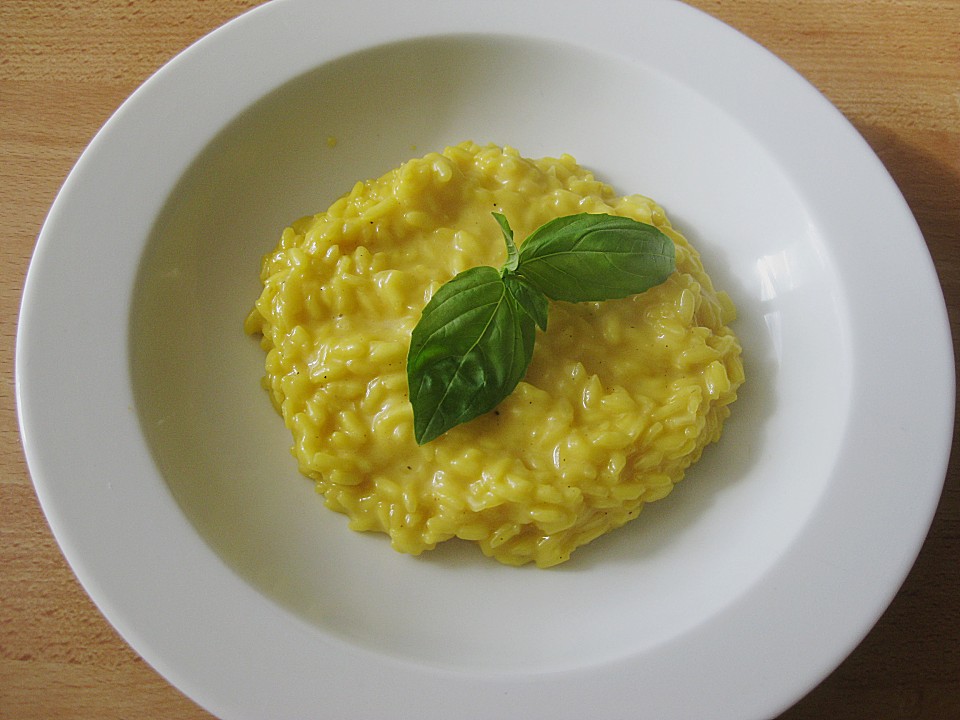


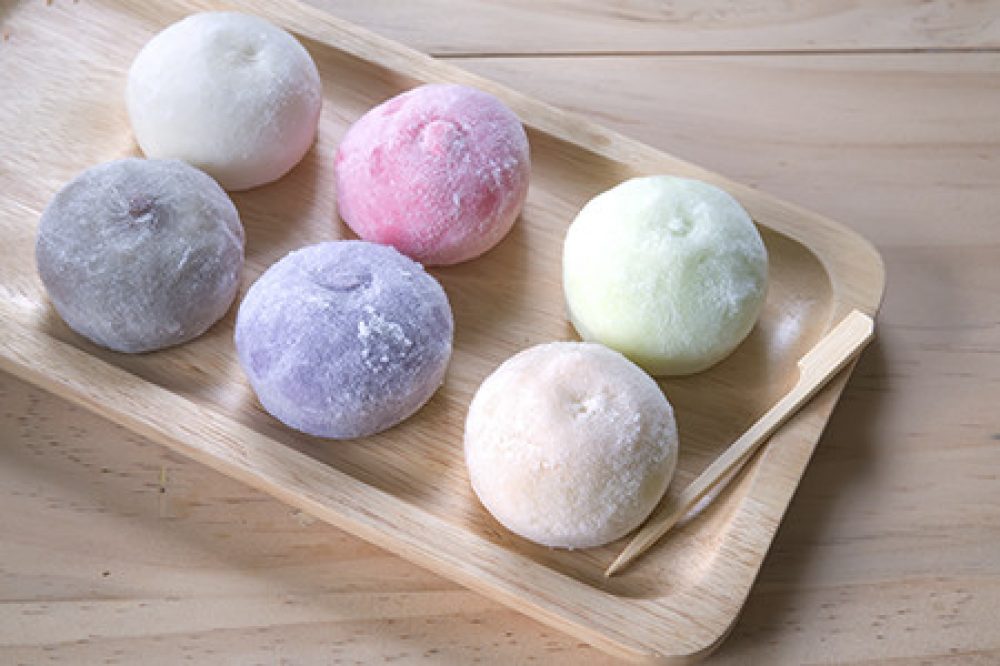
 2025/12/12
2025/12/12 2025/12/07
2025/12/07 2025/11/06
2025/11/06 2025/10/31
2025/10/31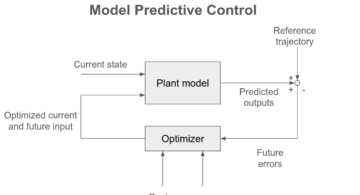 2025/10/24
2025/10/24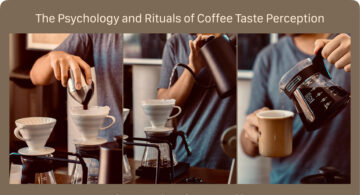 2025/10/03
2025/10/03 2025/08/30
2025/08/30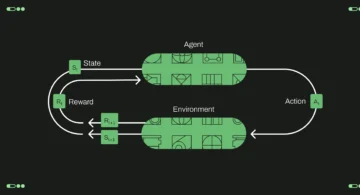 2025/08/22
2025/08/22